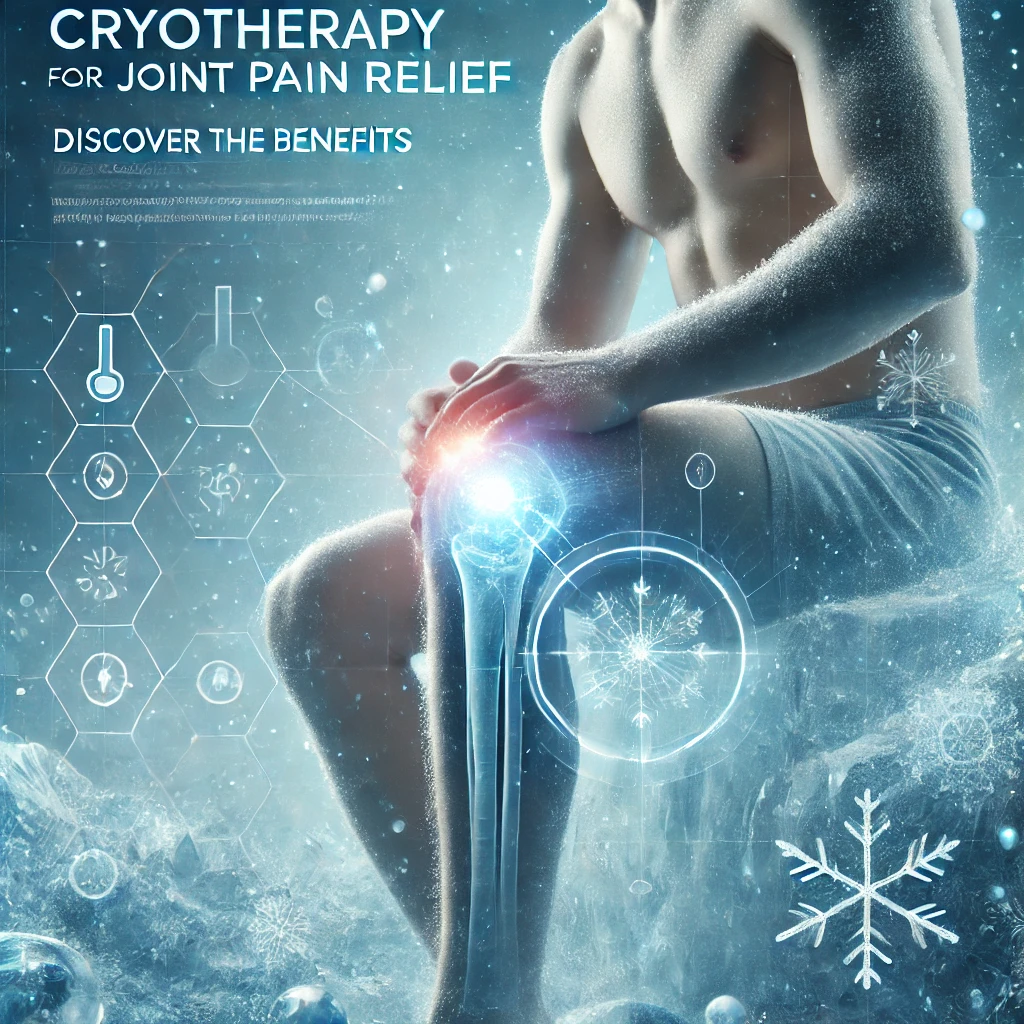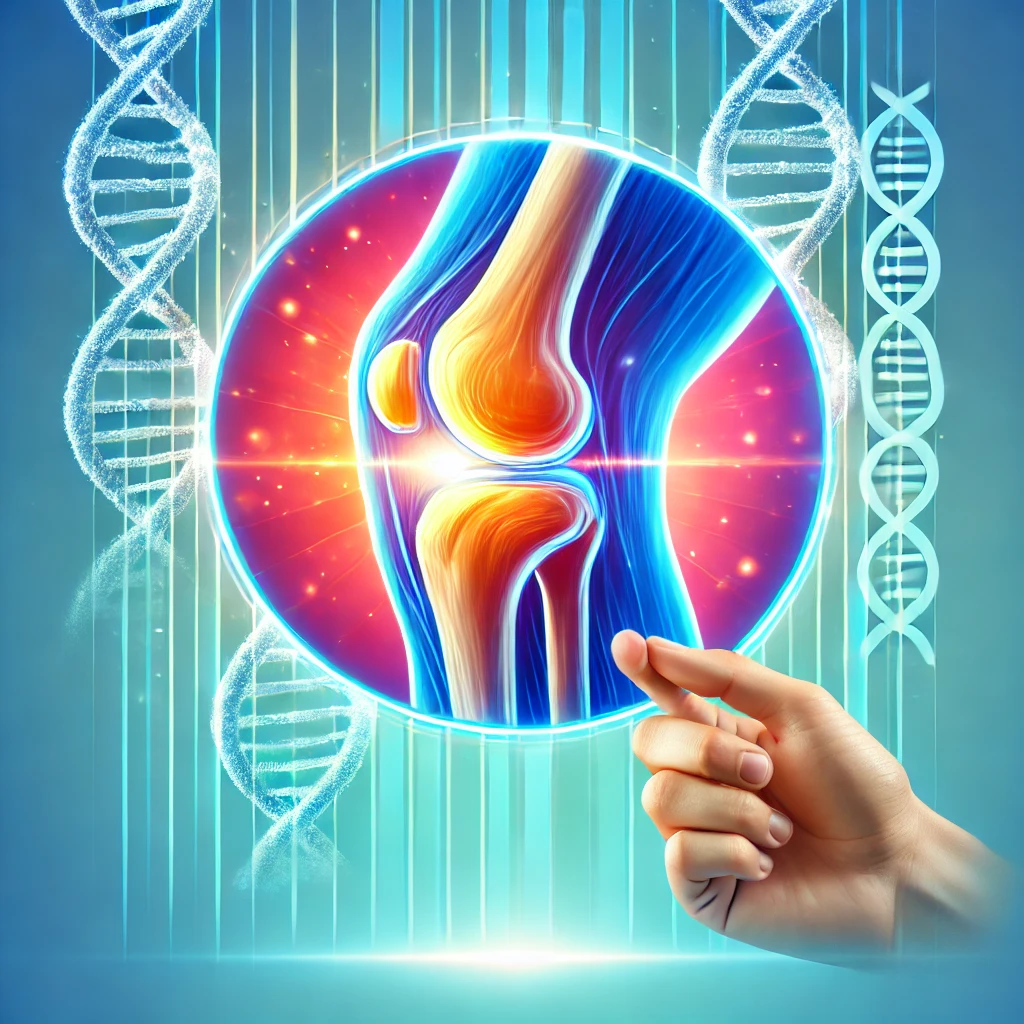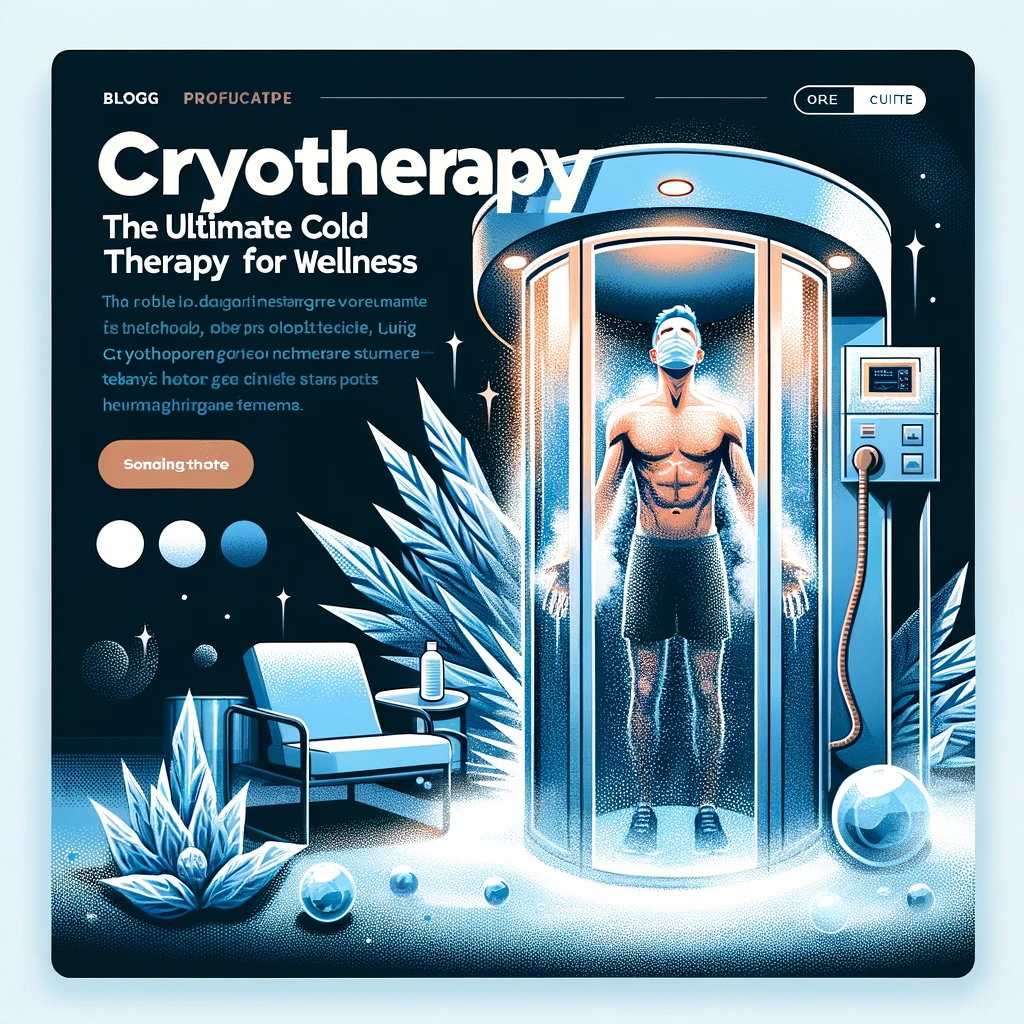
Table of Contents
Imagine a world where chronic diseases like Parkinson’s or heart failure are no longer a lifelong burden but conditions that can be effectively managed or even cured. This is the promise of stem cell therapy, a cutting-edge treatment that is revolutionizing modern medicine. But what exactly is stem cell therapy, and why is it so important?
Understanding Stem Cells
Definition of Stem Cells
Stem cells are the body’s raw materials – cells from which all other cells with specialized functions are generated. Under the right conditions, stem cells divide to form more cells called daughter cells. These daughter cells either become new stem cells or differentiate into specialized cells with a specific function, such as blood cells, brain cells, heart muscle cells or bone cells.
Types of Stem Cells
There are two main types of stem cells:
- Embryonic Stem Cells: These are pluripotent cells derived from early-stage embryos, capable of developing into any cell type in the body.
- Adult Stem Cells: Also known as somatic or tissue-specific stem cells, these are found in specific tissues and can only develop into certain cell types related to their tissue of origin.
Sources of Stem Cells
Stem cells can be sourced from various places:
- Bone Marrow: A rich source of adult stem cells used primarily in treating blood-related conditions.
- Umbilical Cord Blood: Contains stem cells that can be used similarly to bone marrow stem cells.
- Adipose Tissue: Fat tissue is another source of stem cells used in various therapies.
- Embryos: Embryonic stem cells are harvested from early-stage embryos.
How Stem Cell Therapy Works
Mechanism of Action
Stem cell therapy works by introducing new stem cells into damaged tissue, where they can promote repair or replacement of the damaged cells. These stem cells can reduce inflammation, modulate the immune system and stimulate the regeneration of damaged tissues.
Procedures and Techniques
The procedure involves harvesting stem cells from the patient’s body or a donor, processing them to concentrate the cells, and then injecting them into the affected area. Techniques vary depending on the condition being treated and the type of stem cells used.
Success Rates and Case Studies
While still in its early stages, stem cell therapy has shown promising results in numerous studies and clinical trials. For example, patients with severe heart failure have experienced significant improvements in heart function, and those with spinal cord injuries have shown remarkable recoveries.
Applications in Chronic Diseases
Stem cell therapy holds potential for treating a wide range of chronic diseases, offering hope where traditional treatments have failed.
Neurological Disorders
Neurological conditions like Parkinson’s disease, Alzheimer’s disease and spinal cord injuries can be particularly challenging to treat. Stem cell therapy offers new hope by potentially replacing damaged neurons and restoring lost functions.
Cardiovascular Diseases
Cardiovascular diseases, including heart attacks and heart failure, may benefit from stem cell therapy by promoting the regeneration of heart tissue and improving heart function.
Autoimmune Diseases
Autoimmune diseases such as rheumatoid arthritis, multiple sclerosis and lupus involve the immune system attacking the body’s own tissues. Stem cell therapy can help modulate the immune system and reduce inflammation.
Musculoskeletal Conditions
Conditions like osteoarthritis, tendon injuries and bone fractures can be treated with stem cell therapy, which promotes the repair and regeneration of musculoskeletal tissues.
Stem Cell Therapy for Neurological Disorders
Treatment of Parkinson’s Disease
Stem cell therapy aims to replace the dopamine-producing neurons that are lost in Parkinson’s disease, potentially improving motor function and reducing symptoms.
Management of Alzheimer’s Disease
For Alzheimer’s disease, stem cell therapy may help by promoting the regeneration of brain cells and improving cognitive function.
Spinal Cord Injury Repair
Stem cells can be used to repair damaged spinal cord tissues, potentially restoring movement and sensation in individuals with spinal cord injuries.
Stem Cell Therapy for Cardiovascular Diseases
Healing Heart Attacks
Stem cells can promote the repair of heart tissue damaged during a heart attack, improving heart function and reducing the risk of further complications.
Treating Heart Failure
In cases of heart failure, stem cell therapy can help regenerate heart muscle and improve the heart’s ability to pump blood.
Vascular Regeneration
Stem cell therapy can also promote the regeneration of blood vessels, improving circulation and overall cardiovascular health.
Stem Cell Therapy for Autoimmune Diseases
Rheumatoid Arthritis
Stem cells can modulate the immune response and reduce inflammation in rheumatoid arthritis, potentially improving joint function and reducing pain.
Multiple Sclerosis
For multiple sclerosis, stem cell therapy may help by regenerating damaged myelin, the protective sheath around nerves and reducing disease progression.
Lupus
Stem cell therapy can help modulate the immune system in lupus, reducing symptoms and improving quality of life.
Stem Cell Therapy for Musculoskeletal Conditions
Osteoarthritis
Stem cell therapy can promote the regeneration of cartilage in osteoarthritis, reducing pain and improving joint function.
Tendon and Ligament Injuries
For tendon and ligament injuries, stem cells can accelerate healing and promote the regeneration of these tissues.
Bone Repair and Regeneration
Stem cell therapy can also aid in the repair and regeneration of bone tissue, making it a potential treatment for fractures and other bone conditions.
Benefits of Stem Cell Therapy
Minimally Invasive
Stem cell therapy is typically minimally invasive, involving simple injections rather than major surgery.
Potential to Reduce Chronic Pain
By promoting tissue repair and reducing inflammation, stem cell therapy can significantly reduce chronic pain.
Personalized Treatment Options
Stem cell therapy can be tailored to the individual patient, offering personalized treatment options based on their specific condition and needs.
Challenges and Ethical Considerations
Ethical Concerns
The use of embryonic stem cells raises ethical concerns regarding the destruction of embryos. Adult stem cells and induced pluripotent stem cells (iPSCs) offer alternatives that are less controversial.
Regulatory Issues
Stem cell therapy is still subject to extensive regulation, with varying rules and guidelines across different countries. Ensuring safety and efficacy remains a priority.
Technical Challenges
Technical challenges include ensuring the survival, integration and proper functioning of transplanted stem cells within the body.
Current Research and Future Directions
Ongoing Clinical Trials
Numerous clinical trials are underway to explore the safety and efficacy of stem cell therapy for various conditions. These trials are crucial for advancing our understanding and expanding the applications of this therapy.
Innovations in Stem Cell Technology
Innovations such as gene editing and the development of iPSCs are opening new possibilities for stem cell therapy, making it more versatile and effective.
Potential Future Applications
Future applications of stem cell therapy may include treatments for currently incurable diseases, tissue engineering, and even organ regeneration.
Cost and Accessibility
Cost of Stem Cell Therapy
The cost of stem cell therapy can vary widely depending on the type of treatment and the facility. It is often considered an investment in one’s long-term health.
Insurance Coverage
Insurance coverage for stem cell therapy varies, with some treatments being covered under certain plans while others are not. It is important to check with your insurance provider.
Accessibility in Different Regions
Accessibility to stem cell therapy can vary by region, with some areas offering more advanced and readily available treatments than others.
Conclusion
Stem cell therapy represents a groundbreaking advancement in the treatment of chronic diseases. By understanding its mechanisms, applications, benefits and challenges, we can appreciate its potential to revolutionize medicine. Continued research and awareness are essential for unlocking the full potential of this promising therapy.
FAQs
What conditions can stem cell therapy treat?
Stem cell therapy can treat a variety of conditions, including neurological disorders, cardiovascular diseases, autoimmune diseases and musculoskeletal conditions.
Is stem cell therapy safe?
Stem cell therapy is generally considered safe, but it is important to consult with a qualified medical professional and ensure the treatment is conducted in a reputable facility.
How long does a stem cell treatment take?
The duration of a stem cell treatment can vary, but the procedure itself typically takes a few hours, followed by a recovery period.
Are there any side effects?
Possible side effects include temporary pain and swelling at the injection site, but serious complications are rare.
How much does stem cell therapy cost?
The cost of stem cell therapy can vary widely, ranging from a few thousand to tens of thousands of dollars, depending on the treatment and facility.



